Nature reports
Publisher: NIOZ Royal Netherlands Institute for Sea Research
Page 1 of 8 - 80 Results

China’s intertidal shellfish mariculture provides critical food for the world’s most threatened shorebird flyway. A continental-scale, decade-long study found that intertidal shellfish farms are shaping when and where millions of..
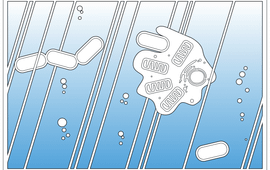
Complex life began to develop almost a billion years earlier, and over a longer span of time, than previously believed. This is shown by research conducted by, among others, NIOZ researcher Anja Spang. The study challenges several..

An innovative alternative to concrete could enable important coastal restoration work. The material Xiriton, made with local grass species and seawater, captures CO2 instead of emitting it, as conventional concrete does. NIOZ..

The Netherlands can make good use of the natural dynamics in coastal areas to protect against sea level rise. A broad, natural 'cushion' can protect the hinterland, is the conclusion of the exploratory study ‘Meegroeien’ (Growing..
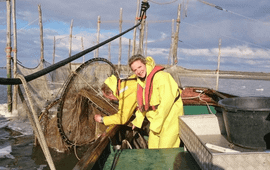
Using a unique treasure of data, marine biologist Suzanne Poiesz investigated the fish food web in the Wadden Sea between 1946 and the present day. Dissected stomach contents revealed who eats whom. The position of species in that..
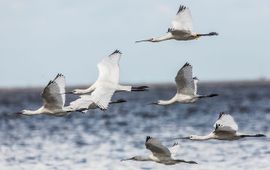
Spoonbills spend a large part of the summer outside their protected breeding grounds. After breeding, the migratory birds gather on the mudflats of Lutjewad, on the coast of Groningen. Research by BirdEyes shows the seasonal..
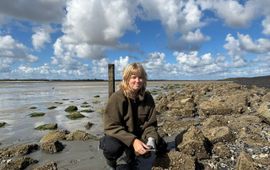
NIOZ researchers have found the Pacific barnacle in the Wadden Sea for the first time. Until now, this species was only known to exist in European waters in Belgium and on the south coast of the Western Scheldt. It probably..
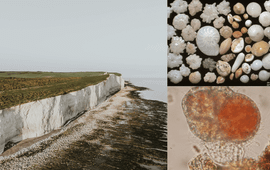
The increasing amount of CO2 we are pumping into the atmosphere causes ocean acidification. That could pose a serious problem for calcifying organisms, such as shellfish and corals. And for foraminifers, but they appear to have..
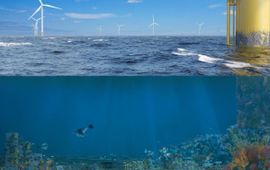
A contribution of 1 percent of all global investments in offshore wind projects by 2050 is sufficient for large-scale restoration of marine nature. This was revealed by an international study led by The Rich North Sea program (De..
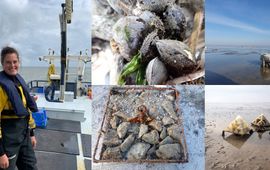
The formation of mussel and oyster beds on sandy seabeds can be stimulated by using a hard substrate. However, when NIOZ PhD candidate Sterre Witte placed shells and pebbles with a simple or smooth structure, the baby shellfish..
